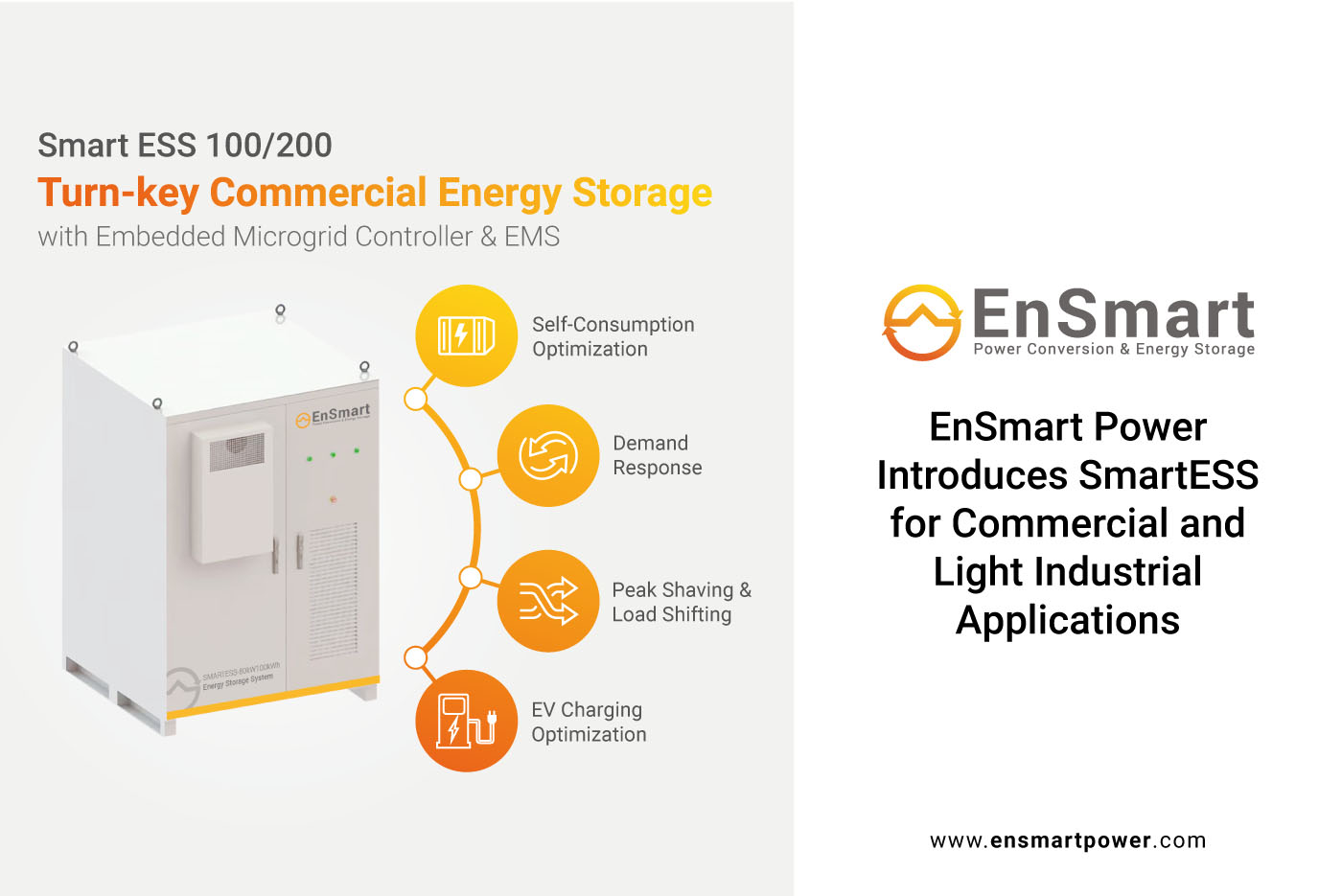FAQs
How Can You Estimate Your Power Requirement?
You can estimate your UPS capacity requirement by totaling the wattage requirements of all the equipment you plan to connect to the UPS system. You should refer to the equipment manufacturer's documentation to find the wattage.
Suppose you want 4 Fans, 4 Tube lights, 7 LED lights, 1 television & refrigerator to operate at the time of power failure. The power consumed by these items will be total of the power consumed by these individually:
1 Fan – 70 Watts
1 tube light – 40 watts
1 led light – 7 watts
1 led television – 70 watts
1 Refrigerator - 140 Watt
Therefore your total power requirement is (4*70 +4*40 + 7* 7 + 1*70+ 1*140) = 699 watts.
If you can't find any printed or online documentation, refer to the equipment nameplate. If your equipment lists its power requirements in amps, multiply the number of amps by the AC voltage to estimate wattage.
To calculate the VA Rating : multiply the Amps of the equipment you will use with the mains voltage you require and divide by the Power Factor (PF) of the equipment.
For example:
Computer equipment requires : 2 Amps (current)
Mains voltage used : 230VAC (AC voltage)
Power factor of computer equipment : 0.6 (typical for computer equipment)
2A x 230V = 460W / 0.6 PF = 766 VA
You will require a 800VA but to cater for your future expansions and to not stress the UPS by running on 100% load all the time, you always add 20-25% capacity. Therefore a 1000VA UPS (1KVA) should be used in this case.
When choosing a UPS system it is a good idea to also plan ahead to cater for expansion so that your investment in a UPS does not out grow your future needs.
Some network/server UPS systems have a high power factor that makes more efficient use of your facility's power infrastructure and available space, allowing you to connect more equipment to each UPS system and circuit. While a 10,000 VA UPS with a 0.7 power factor will support a 7,000-watt load, a 10,000 VA UPS with a 0.9 power factor will support a 9,000-watt load, an increase of 2,000 watts without a corresponding increase in circuit requirements.

